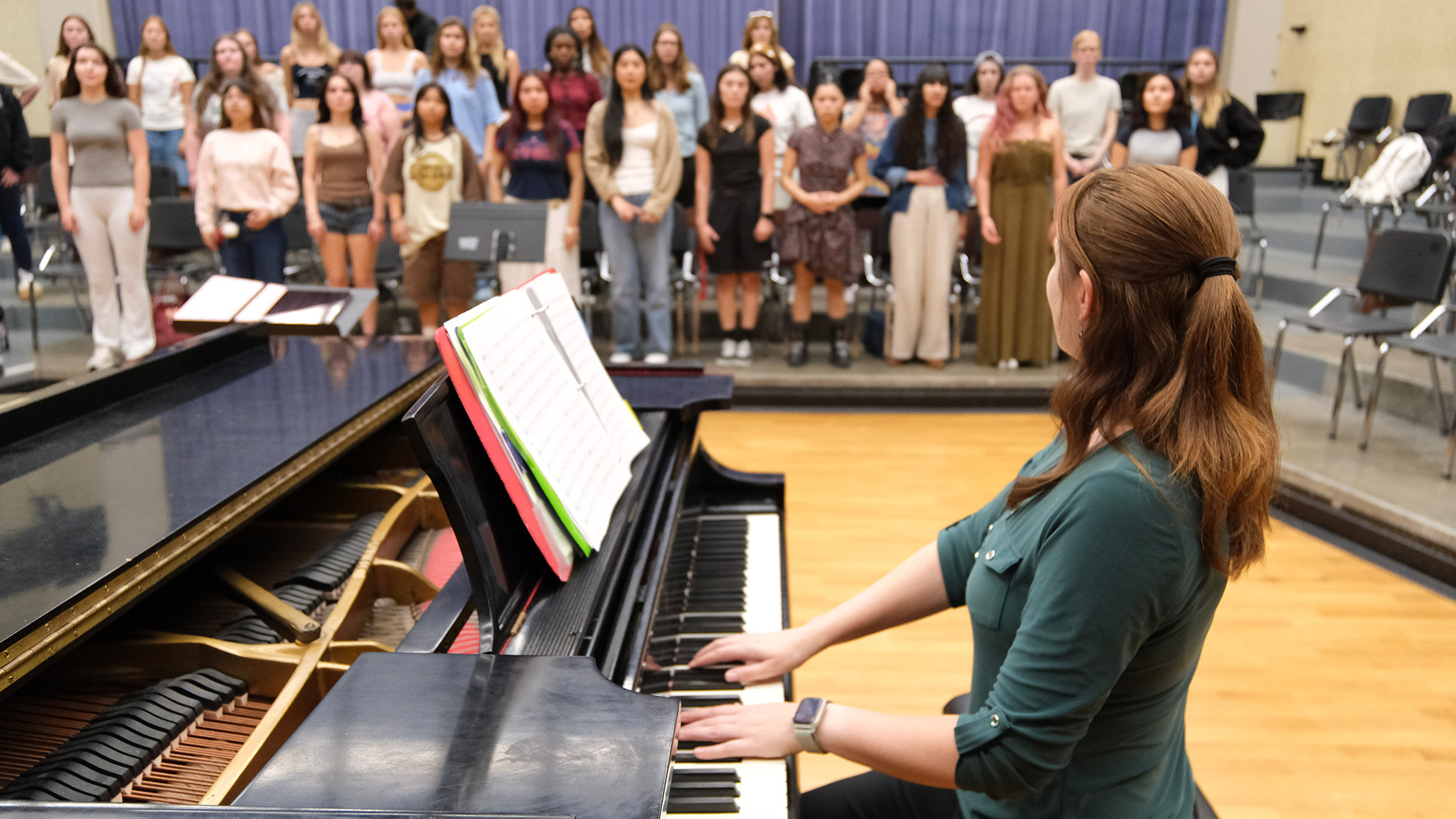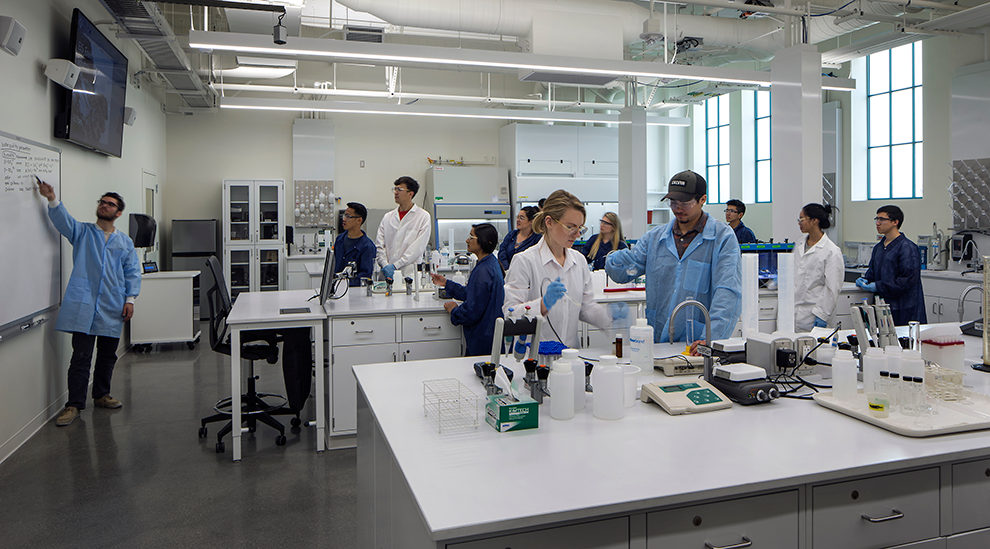Our Search for MLK
Professor Seth Mallios gives a behind-the-scenes look into the search for photos and memories from a historic campus event.

When Dr. Martin Luther King Jr. came to speak at San Diego State on May 29, 1964, he was already a global icon.
Reverend King had given his legendary “I Have a Dream” speech only nine months earlier, had been named Time magazine’s “Man of the Year” in December, 1963, and would receive the Nobel Peace Prize in December, 1964.
Furthermore, President Lyndon Johnson would sign the 1964 Civil Rights Act into law only six weeks after King’s visit to Montezuma Mesa. The legislation formally outlawing discrimination based on race, color, religion, sex, or national origin.
In a nutshell, the “Man of the Year” spoke at our campus on the eve of the most important legislation of the 20th century.
And yet, SDSU had no archival material from the event! Our library had no pictures, no speech, and no program; KPBS had no footage; U-T San Diego had a photo, but their files were now empty; and the San Diego History Center had nothing from King’s visit to State
Somehow, nearly all institutional memory of King’s historic visit to San Diego State had been erased, lost, or forgotten. I agonized that we would let this anniversary pass without a word.
This dread inspired us to scour every archive in town and make a public call for help. Much to my delight, the people of San Diego came through — big time! We now have video, artifacts, and eye-witness accounts from some of the 4,000 people who attended the event. I am so very grateful to the many community members who found a variety of needles in the proverbial haystack that is San Diego history.
The list of discoveries was fascinating. KFMB CBS News 8 helped us publicize our call for help in the artifact hunt when producer David Gotfredson searched the station’s archives and found an old set of three 16mm film canisters labeled “M. L. King.” One of these had 50 seconds of silent video from the King speech.
In addition, dozens of locals saw an article about our search in U-T San Diego and sent in messages with details of the event, the speech, and the impact it had on their lives. They described protestors handing out fliers declaring that MLK was a communist; they praised King’s inspirational speaking style; they reflected on the fact that the crowd at the Greek Bowl was nearly all-white; and they emphasized the roaring standing ovation King received at the end of his address.
Perhaps my favorite discovery was the most circuitous. Donna Hayes called me from Bethel Baptist Church. One of her members — a 93-year-old named Mrs. Horton — had a son who had supposedly attended both of King’s speeches in 1964 at San Diego State and Cal Western (today’s Point Loma Nazarene University). I was able to track down my now-favorite nonagenarian, who gave me her son’s cell phone number. When I finally got to talk to Willie Jefferson Horton Jr., I was thrilled.
He had indeed attended King’s speeches, remembered the events quite well, and graduated from State in ’65. Furthermore, Willie Horton had spent more than three decades of his life dedicated to education and improving the lives of urban youth — all because of the profound impact meeting King had had on his life.
We now have a plaque on the entrance of today’s California Coast Credit Union Open Air Theatre celebrating Dr. King’s historic 1964 visit to State that will be seen by thousands of people on a daily basis.
The author Edith Wharton once stated, “There are two ways of spreading light: to be the candle or the mirror that reflects it.” King was the candle, but our plaque will be a most powerful mirror. It ensure that no one will ever again wonder if King spoke at San Diego State and will serve as an eternal reflection of his vision for equality, justice, and peace.
Seth Mallios is chair and professor of anthropology at San Diego State University. He specializes in historical archaeology and has written four books, including "Hail Montezuma!: The Hidden Treasures of San Diego State."
This story is a part of a series "Aztec Voices" where SDSU faculty, staff and students submit stories about discoveries; travel related to SDSU research or coursework; aha! moments; long-term projects finally coming to fruition; behind-the-scenes stories and transformational experiences. If you would like to submit an "Aztec Voices" story, please contact [email protected].



